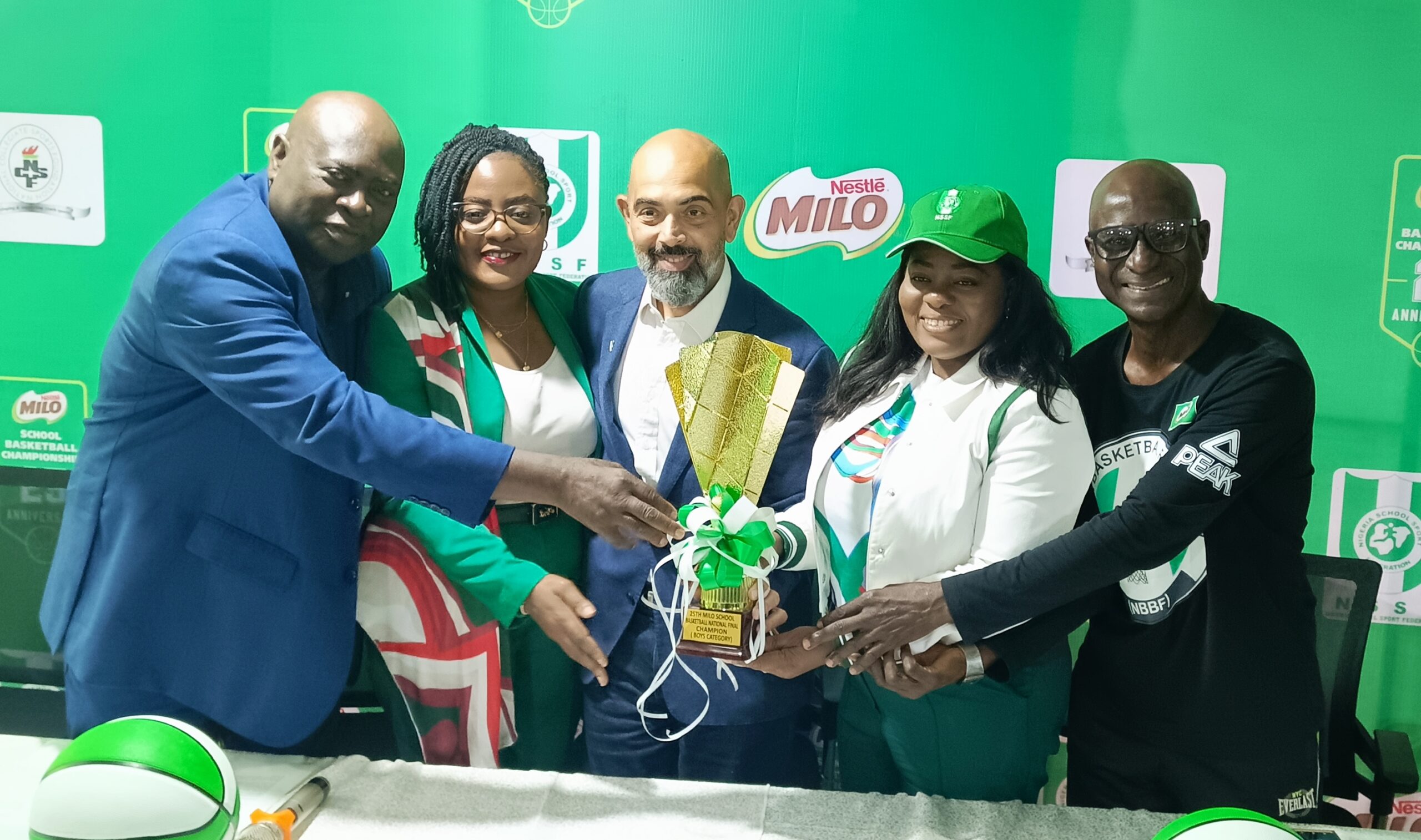What Nigeria owes its forgotten citizens | TheCable
Our dignity-based diagnostic framework introduces a new way of seeing: not just where the displaced are, but whether they are morally and civically acknowledged. In terms of relational repair, it shows that even where displacement is visible, repair is often absent.
∙ In Borno, camps are documented, but trauma remains unprocessed.
∙ In Benue, displacement from herder-farmer conflict is politicised and unacknowledged, with no formal apology or redress.
∙ In Zamfara, displacement induced by banditry is treated as a security fallout, not a civic injury, and no listening forums have been held.
∙ In Cross River, the overlap between Cameroonian refugees and Nigerian IDPs creates confusion, and host communities feel abandoned.
In all these cases, recognition does not equal repair. Even where IDPs are counted, they are rarely heard.
In terms of empathy distribution, the framework reveals further injustice.
∙ In the north-east, 67% of IDPs are in host communities, not camps, yet most aid targets the latter.
∙ In the north-central, IDPs from climate shocks and communal violence are under-mapped.
∙ In the south-south, displacement from flooding and oil-related conflict is not even classified as IDP status.
Empathy, in short, is distributed by geography and political salience, not by need. Meanwhile, the displaced are spoken for, not spoken with. The voices shaping IDP narratives belong largely to international NGOs and state agencies, while the displaced themselves, especially women, children, and those outside formal camps, remain silent in the national conversation.
Nigeria lacks an empathic early warning system, a crucial indicator.
∙ In Benue, Plateau, and Kaduna, we see rising IDP fatigue, youth radicalisation, and land conflict resurgence.
∙ In Bayelsa and Delta, climate displacement is growing, but there is no anticipatory governance to meet the threat. Unacknowledged displacement today becomes civic instability tomorrow.
Yet our assessment suggests that the federal response remains logistical, not relational. There is no national day of remembrance, no civic mourning, no symbolic inclusion of IDPs in national healing. Displacement is treated as a problem to manage, not a wound to honour.
The Implications of Statistical Invisibility
These insights reveal that recognition is rationed. IDPs outside the North-East are often invisible by design. Repair is absent. No state has a formal relational redress policy for IDPs. Memory is fragmented. There is no national archive of displacement stories, no civic rituals of inclusion.
Nigeria must now invest in a new architecture of ethical governance. We propose an IDP memory atlas—a state-by-state map of remembered versus erased displacement. It foregrounds Civic Redress Hearings where IDPs narrate their loss and are heard by the state. It urges Empathy Certification for humanitarian policy, ensuring aid is not just delivered, but dignified.
Assessing the ethical geography of IDP recognition in Nigeria introduces a new dimension of civic justice: one that reframes displacement not only as a humanitarian issue, but as a question of moral inclusion, memory, and political legitimacy.
Only around 40% of IDPs are officially recognised. This means millions are displaced twice—once by violence, and again by bureaucratic invisibility. Recognition becomes a form of dignity. Its denial becomes civic erasure. The question must be asked: who is officially recognised, and who isn’t? What regions get visibility, aid, and voice?
We also need to ask whether governments have acknowledged the pain, held healing rituals, or provided public redress. Have apologies been issued? Are there community rebuilding efforts beyond food drops? Are IDPs included in peace or resettlement planning?
The Memory of displacement is key: do these displacements exist in official histories or educational curricula? Are they documented in national archives or policy memory? Is the displacement in Zamfara treated with the same historical weight as that in Borno? Are Tiv IDPs in Benue remembered in state budgets? Through a Displacement Memory Index, we can track whose suffering enters national memory and whose is structurally forgotten.
How displacement is framed is also important: who sets the narrative of displacement? NGOs? Media? Survivors? Politicians? We can measure the percentage of national coverage focused on the North-East versus the North-West, and the percentage of IDPs quoted directly in that coverage. The result is a visual map of whose voices shape the national discourse—and who is structurally silenced.
From Metrics to Memory: Reframing the Global Conversation
We are not just tracking IDP welfare; we are mapping civic recognition, historical justice, and political inclusion. Most reporting on IDPs in Nigeria and globally falls into three dominant patterns.
First is the quantitative-operational lens used by humanitarian agencies like IOM, UNHCR, and NEMA, which prioritises numbers: headcounts, shelter needs, and access to food or services. While valuable, this approach often tracks where people are, not how they are emotionally remembered or institutionally repaired. For example, IOM’s 2023 Displacement Profile offers rigorous demographic mapping but says little about civic dignity or narrative visibility.
Second is the protection and rights-based frame championed by human rights groups, focusing on legal safeguards, gender-based violence, and access to justice. Reports such as UNHCR’s Global Focus in Nigeria highlight protection training and shelter logistics in states like Borno and Yobe. Yet even these efforts, while necessary, often emphasise compliance and humanitarian delivery over historical healing or moral legitimacy.
The third pattern is episodic media coverage, which only appears during crises: attacks, camp closures, or floods. IDPs become reactive stories, not remembered communities.
Globally, only a handful of initiatives push further. Kenya’s Ushahidi maps violence but not civic memory. South Sudan’s Memory Project has begun community documentation. Colombia’s truth commissions connect displacement to narrative redress. Ethical spatial tools in Myanmar and Bosnia focus on historical recognition. Yet few—if any—integrate empathy indices, civic justice, and state-level moral accountability into one ethical dashboard. Nigeria’s forgotten citizens certainly deserve much more.
Lekan Olayiwola is a peace and conflict researcher and practitioner. He can be reached via [email protected]
Views expressed by contributors are strictly personal and not of TheCable.










